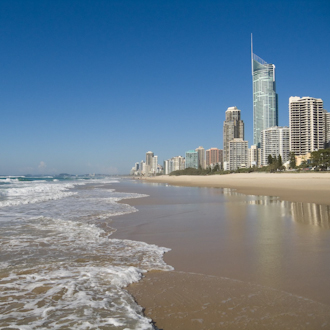Seasonal Rates Explained
Index
Most hotels and other types of accommodation available to travellers vary their room charges according to what is commonly termed “seasonal rates”, which govern the cost of accommodation at different times of year. Seasonal rates are usually categorised by Low Season, Shoulder and Peak Season.

Peak season
In most areas of Australia, peak season falls around major holidays such as Christmas, New Year and Easter. In the case of seasonal holiday destinations such as ski fields, the peak season will likely fall during winter school holidays. Other destinations may set their peak rates around local festivals, sporting or cultural events or optimum weather conditions.
Shoulder season
The shoulder period is the time leading up to and after peak season, when people may be taking advantage of public holidays and extending their time off. The shoulder period is often a great time to travel as you won’t be paying peak rates, but the local conditions may still be at their best.
Low season
Low Season is the rest of the year, outside of peak and shoulder season. This is the time when you will get the best value deals and rates, but be aware that you may also find yourself travelling in undesirable conditions, such as hot, cold, wet or cyclonic weather.
Take time to research local conditions before you decide to book your holiday based on seasonal rates alone. For further information on local conditions and seasonal rates contact the hotel direct.
